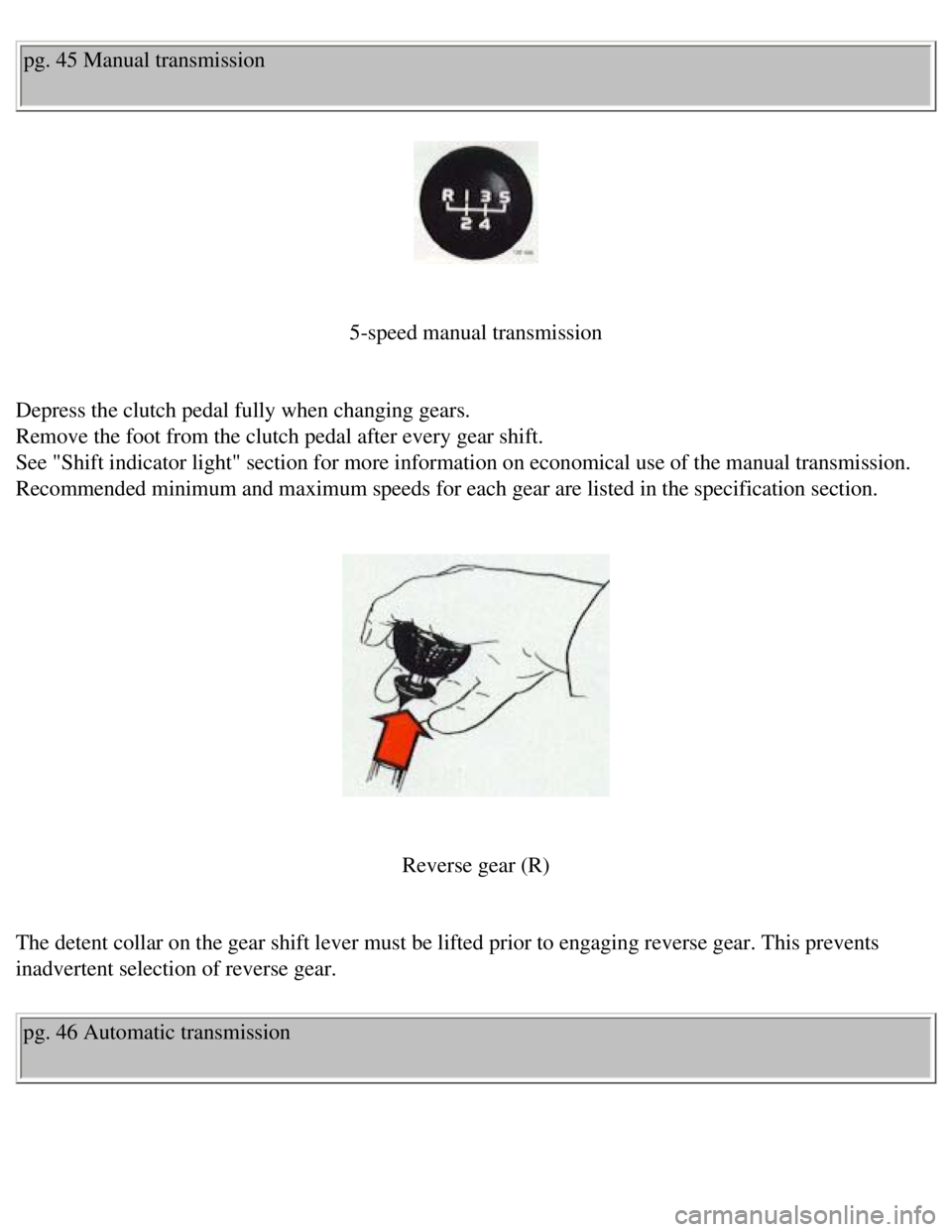Page 57 of 143
Volvo 1990 240 Model
pg. 45 Manual transmission
5-speed manual transmission
Depress the clutch pedal fully when changing gears.
Remove the foot from the clutch pedal after every gear shift.
See "Shift indicator light" section for more information on economical u\
se of the manual transmission.
Recommended minimum and maximum speeds for each gear are listed in the s\
pecification section.
Reverse gear (R)
The detent collar on the gear shift lever must be lifted prior to engagi\
ng reverse gear. This prevents
inadvertent selection of reverse gear.
pg. 46 Automatic transmission
file:///K|/ownersdocs/1990/1990_240/90240_10.htm (1 of 7)12/30/2006 8:\
25:05 AM
Page 58 of 143
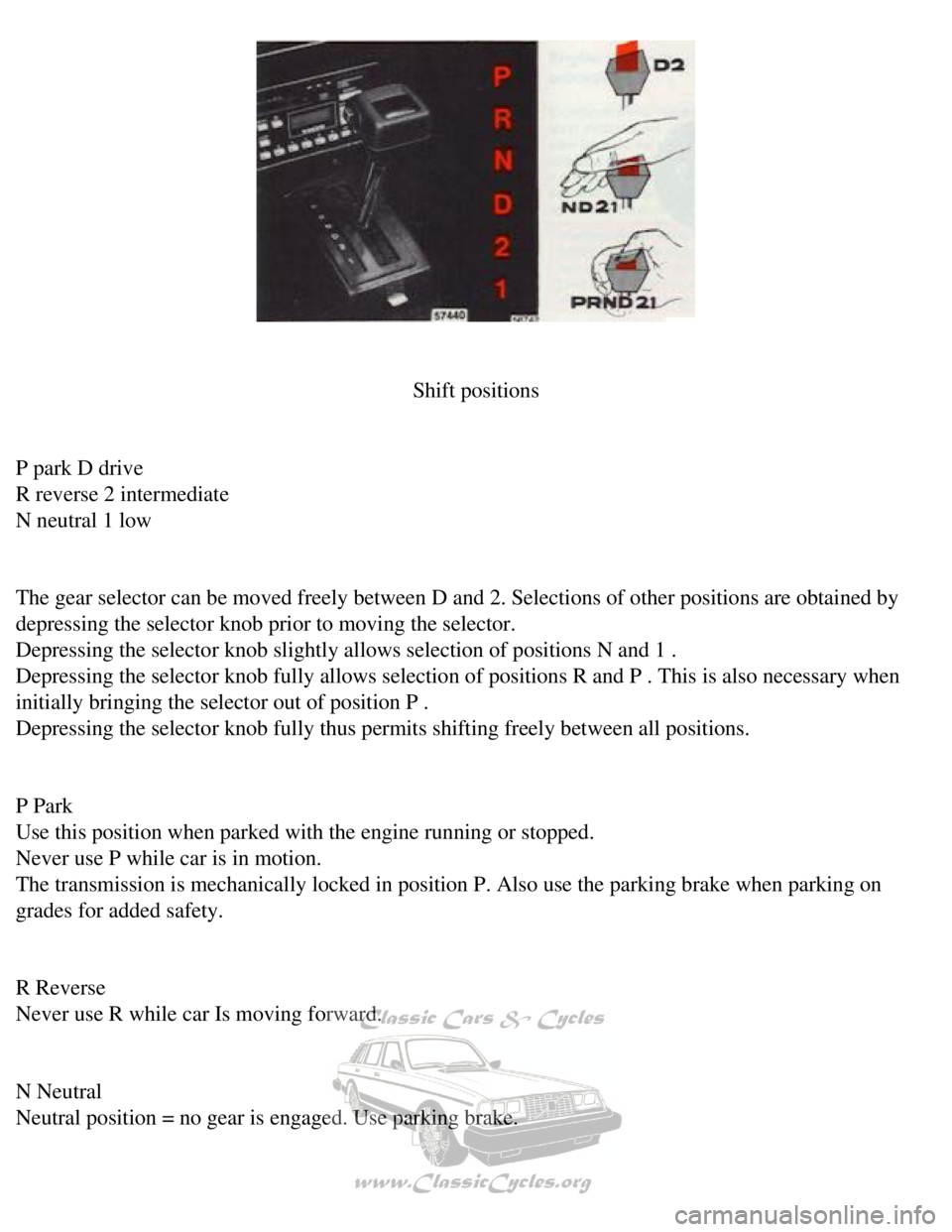
Volvo 1990 240 Model
Shift positions
P park D drive
R reverse 2 intermediate
N neutral 1 low
The gear selector can be moved freely between D and 2. Selections of oth\
er positions are obtained by
depressing the selector knob prior to moving the selector.
Depressing the selector knob slightly allows selection of positions N an\
d 1 .
Depressing the selector knob fully allows selection of positions R and P\
. This is also necessary when
initially bringing the selector out of position P .
Depressing the selector knob fully thus permits shifting freely between \
all positions.
P Park
Use this position when parked with the engine running or stopped.
Never use P while car is in motion.
The transmission is mechanically locked in position P. Also use the park\
ing brake when parking on
grades for added safety.
R Reverse
Never use R while car Is moving forward.
N Neutral
Neutral position = no gear is engaged. Use parking brake.
file:///K|/ownersdocs/1990/1990_240/90240_10.htm (2 of 7)12/30/2006 8:\
25:05 AM
Page 59 of 143
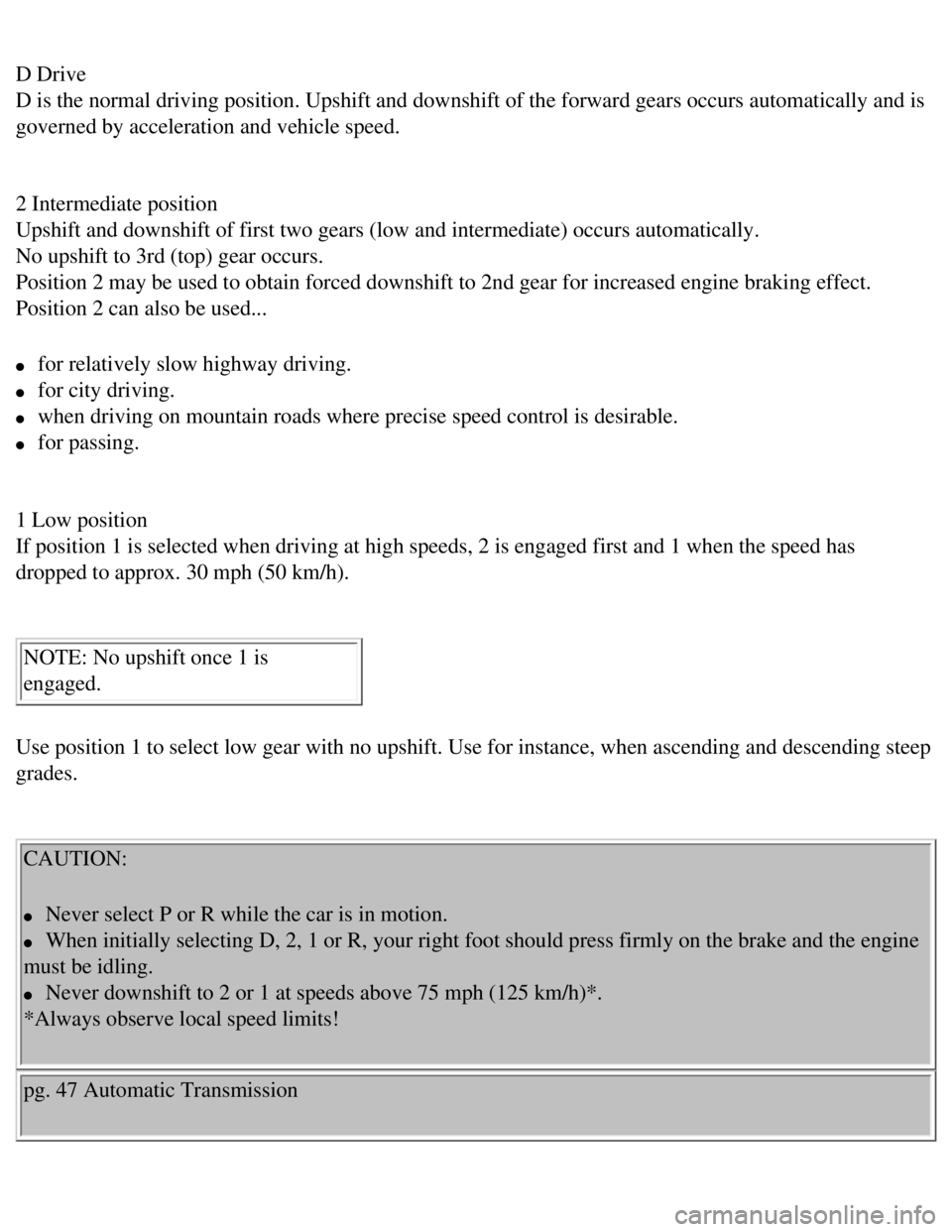
Volvo 1990 240 Model
D Drive
D is the normal driving position. Upshift and downshift of the forward g\
ears occurs automatically and is
governed by acceleration and vehicle speed.
2 Intermediate position
Upshift and downshift of first two gears (low and intermediate) occurs\
automatically.
No upshift to 3rd (top) gear occurs.
Position 2 may be used to obtain forced downshift to 2nd gear for increa\
sed engine braking effect.
Position 2 can also be used...
l for relatively slow highway driving.
l for city driving.
l when driving on mountain roads where precise speed control is desirable.\
l for passing.
1 Low position
If position 1 is selected when driving at high speeds, 2 is engaged firs\
t and 1 when the speed has
dropped to approx. 30 mph (50 km/h).
NOTE: No upshift once 1 is
engaged.
Use position 1 to select low gear with no upshift. Use for instance, whe\
n ascending and descending steep
grades.
CAUTION:
l Never select P or R while the car is in motion.
l When initially selecting D, 2, 1 or R, your right foot should press firm\
ly on the brake and the engine
must be idling.
l Never downshift to 2 or 1 at speeds above 75 mph (125 km/h)*.
*Always observe local speed limits!
pg. 47 Automatic Transmission
file:///K|/ownersdocs/1990/1990_240/90240_10.htm (3 of 7)12/30/2006 8:\
25:05 AM
Page 60 of 143
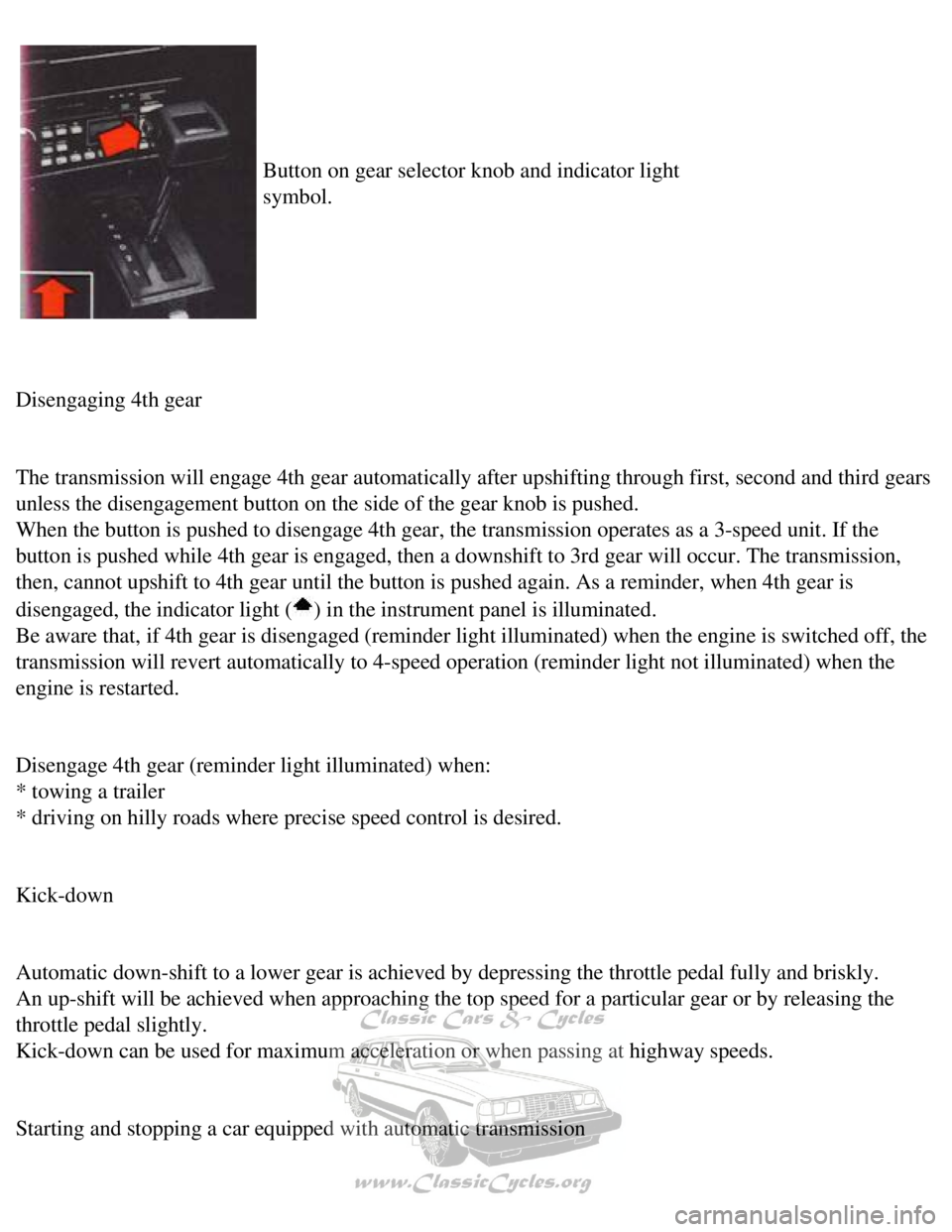
Volvo 1990 240 Model
Button on gear selector knob and indicator light
symbol.
Disengaging 4th gear
The transmission will engage 4th gear automatically after upshifting thr\
ough first, second and third gears
unless the disengagement button on the side of the gear knob is pushed. \
When the button is pushed to disengage 4th gear, the transmission operat\
es as a 3-speed unit. If the
button is pushed while 4th gear is engaged, then a downshift to 3rd gear\
will occur. The transmission,
then, cannot upshift to 4th gear until the button is pushed again. As a \
reminder, when 4th gear is
disengaged, the indicator light (
) in the instrument panel is illuminated.
Be aware that, if 4th gear is disengaged (reminder light illuminated) \
when the engine is switched off, the
transmission will revert automatically to 4-speed operation (reminder l\
ight not illuminated) when the
engine is restarted.
Disengage 4th gear (reminder light illuminated) when:
* towing a trailer
* driving on hilly roads where precise speed control is desired.
Kick-down
Automatic down-shift to a lower gear is achieved by depressing the throt\
tle pedal fully and briskly.
An up-shift will be achieved when approaching the top speed for a partic\
ular gear or by releasing the
throttle pedal slightly.
Kick-down can be used for maximum acceleration or when passing at highwa\
y speeds.
Starting and stopping a car equipped with automatic transmission
file:///K|/ownersdocs/1990/1990_240/90240_10.htm (4 of 7)12/30/2006 8:\
25:05 AM
Page 61 of 143

Volvo 1990 240 Model
1. Enter the car and check that the seat is adjusted properly. Make sure\
that the brake pedal can be
depressed completely. Move the seat closer if necessary.
2. Fasten the seat belt.
3. Apply the parking brake if not already set. Depress the brake pedal w\
ith your right foot.
4. Place the gear selector in Park (or neutral).
5. Without touching the accelerator pedal, turn the ignition key to the \
starting position. Release the key
as soon as the engine starts.
6. Select the desired gear. There is a slight delay before the gear enga\
ges which is most notable when
selecting Reverse. Do not accelerate until you have felt the gear engage\
!
Note: Too-rapid acceleration immediately after selecting a gear will cau\
se harsh engagement and
premature transmission wear.
7. Release parking brake, then foot brake, and accelerate. To stop the c\
ar release the accelerator and
apply the brakes with your right foot.
It is not necessary to move the gear selector as the transmission will d\
ownshift automatically.
When idling for extended periods of time, select position N to prevent u\
nnecessary heating of the
transmission.
WARNING! Always place gear selector in Park and apply parking brake befo\
re leaving vehicle. Never
leave car unattended with engine running.
pg. 48 Emergency towing (pulling)
Front eyelet Rear eyelet
file:///K|/ownersdocs/1990/1990_240/90240_10.htm (5 of 7)12/30/2006 8:\
25:05 AM
Page 62 of 143
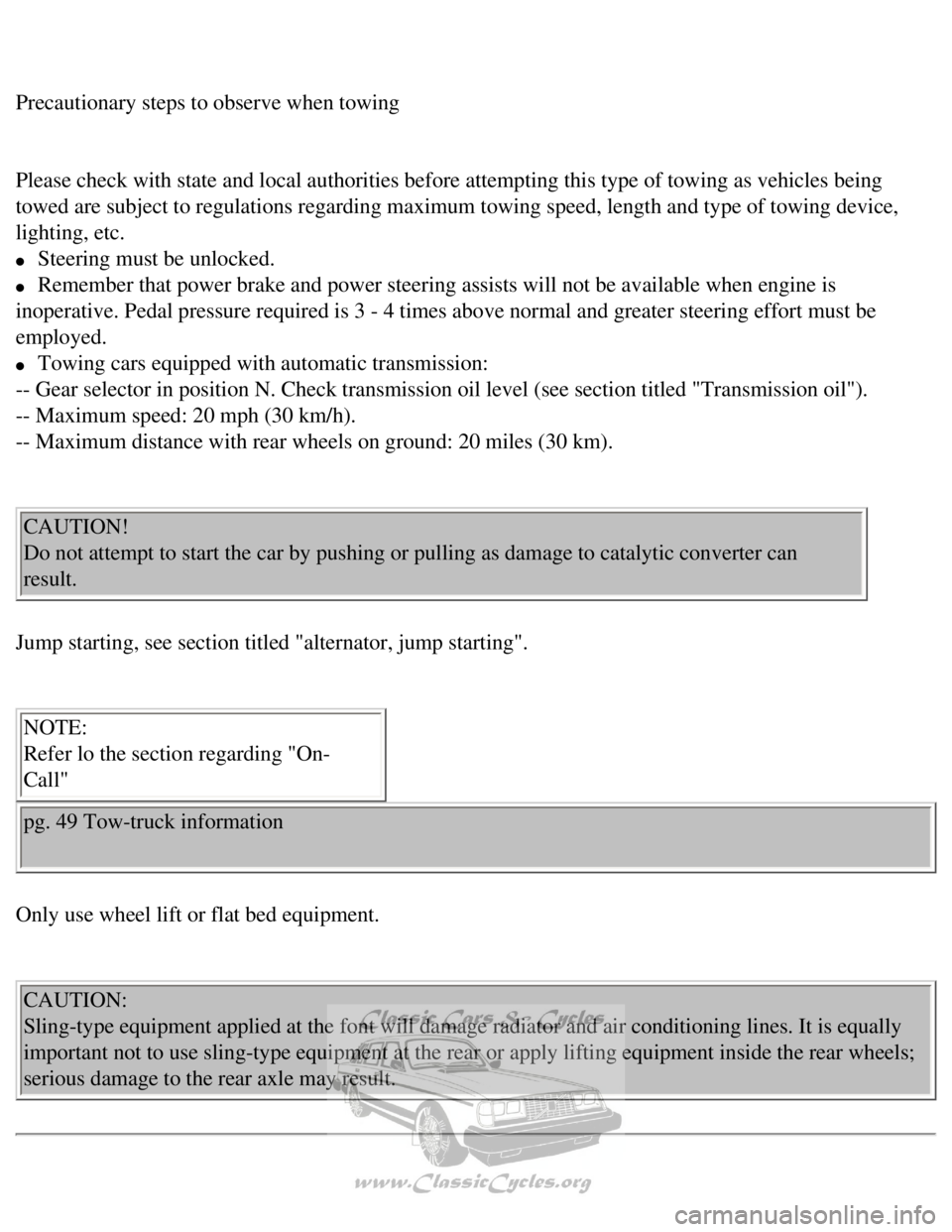
Volvo 1990 240 Model
Precautionary steps to observe when towing
Please check with state and local authorities before attempting this typ\
e of towing as vehicles being
towed are subject to regulations regarding maximum towing speed, length \
and type of towing device,
lighting, etc.
l Steering must be unlocked.
l Remember that power brake and power steering assists will not be availab\
le when engine is
inoperative. Pedal pressure required is 3 - 4 times above normal and gre\
ater steering effort must be
employed.
l Towing cars equipped with automatic transmission:
-- Gear selector in position N. Check transmission oil level (see secti\
on titled "Transmission oil").
-- Maximum speed: 20 mph (30 km/h).
-- Maximum distance with rear wheels on ground: 20 miles (30 km).
CAUTION!
Do not attempt to start the car by pushing or pulling as damage to catal\
ytic converter can
result.
Jump starting, see section titled "alternator, jump starting".
NOTE:
Refer lo the section regarding "On-
Call"
pg. 49 Tow-truck information
Only use wheel lift or flat bed equipment.
CAUTION:
Sling-type equipment applied at the font will damage radiator and air co\
nditioning lines. It is equally
important not to use sling-type equipment at the rear or apply lifting e\
quipment inside the rear wheels;
serious damage to the rear axle may result.
file:///K|/ownersdocs/1990/1990_240/90240_10.htm (6 of 7)12/30/2006 8:\
25:05 AM
Page 63 of 143
Volvo 1990 240 Model
Contents | Top of Page
file:///K|/ownersdocs/1990/1990_240/90240_10.htm (7 of 7)12/30/2006 8:\
25:05 AM
Page 64 of 143

Volvo 1990 240 Model
pg. 50 Trailer hauling
When preparing for trailer hauling, observe the following:
l Use a trailer hitch which meets Federal Safety Standards for rear end co\
llisions (FMVSS 301 -75).
For trailer weights exceeding 2,000 lbs (908 kgs) use only a trailer h\
itch offered as a Genuine Volvo
Accessory.
l Maximum trailer weight recommended by Volvo is 3,300 lbs (1,500 kg). \
However, for cars with automatic transmission, an optional Volvo automat\
ic transmission oil cooler
must be installed when trailer weight exceeds 2,000 lbs (908 kgs). Wit\
h manual transmission, 5th gear
should not be used while towing. Observe legal requirements of the state\
in which the vehicles are
registered.
All Volvo models are equipped with energy absorbing shock mounted bumper\
s. Trailer hitch installation
should not interfere with the proper operation of the bumper system.
WARNING! Bumper-attached trailer hitches must not be used on Volvo's, no\
r should safety chains be
attached to the bumper.
Trailer hitches attaching to the vehicle rear axle must not be used.
WARNING! Never connect a trailer's hydraulic-brake system directly to th\
e vehicle brake system, nor
a trailer's lighting system directly to the vehicle lighting system. Con\
sult your nearest authorized
Volvo dealer for correct installation.
Trailer hauling does not normally present any particular problems, but t\
ake into consideration:
l Recommended hitch tongue load is 110 lbs (50 kgs) for trailer weights \
below 2,650 lbs (1,200 kgs)
and 143-154 lbs (65-70 kgs) for trailer weights above 2,650 lbs (1,20\
0 kgs). However, it must not
exceed 200 lbs (90 kgs).
l For trailer weights between 2,650-3,300 lbs (1,200-1,500 kgs) a top sp\
eed of 50 mph (80 km/h)
should never be exceeded.
l Engine and transmission are subject to increased loads. Therefore, engin\
e coolant temperature should
be closely watched when driving in hot climate or hilly terrain. Use low\
er gear and turn off air
conditioner if temperature gauge pointer enters the red range.
l Avoid overload and other abusive operation.
l Hauling a trailer affects handling, durability and economy.
file:///K|/ownersdocs/1990/1990_240/90240_11.htm (1 of 6)12/30/2006 8:\
25:06 AM
 1
1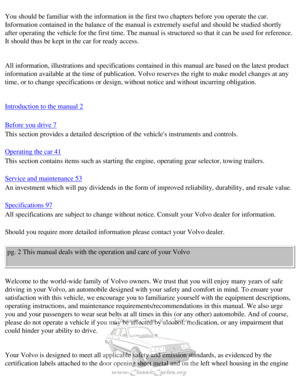 2
2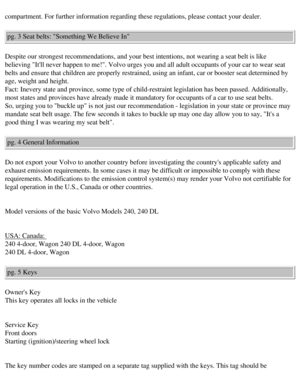 3
3 4
4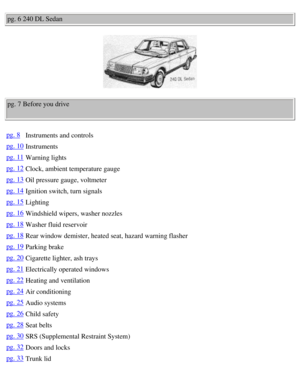 5
5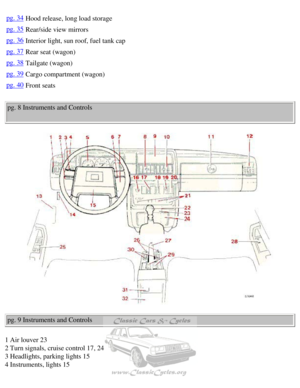 6
6 7
7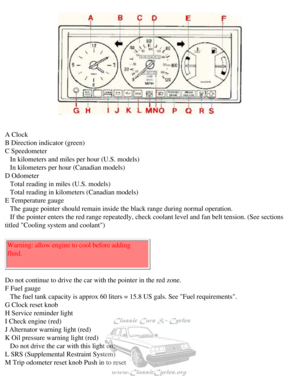 8
8 9
9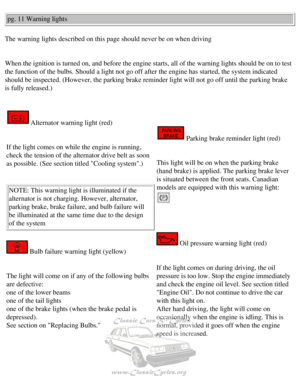 10
10 11
11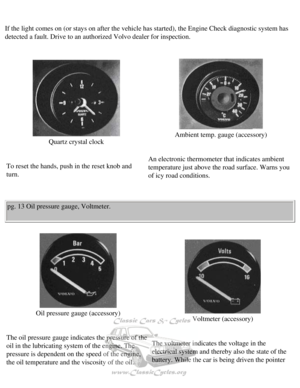 12
12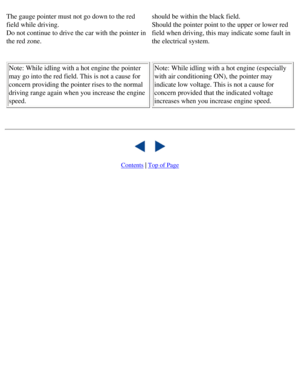 13
13 14
14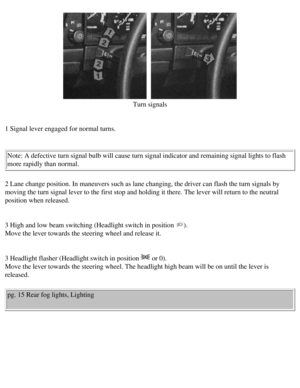 15
15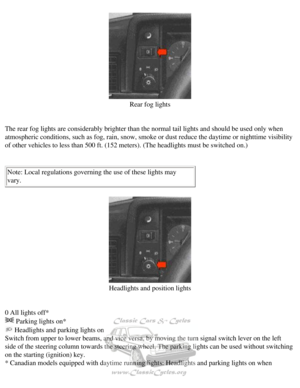 16
16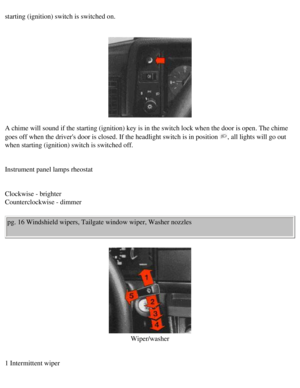 17
17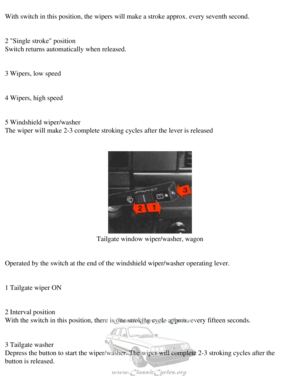 18
18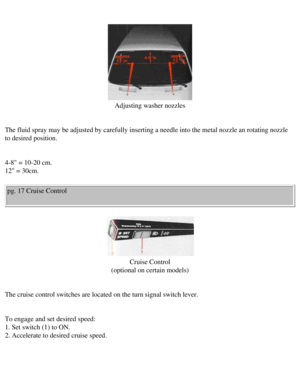 19
19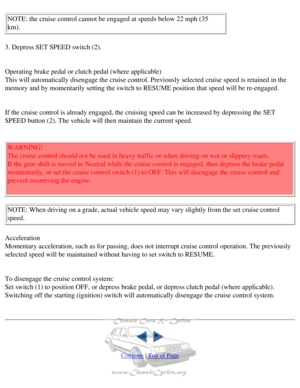 20
20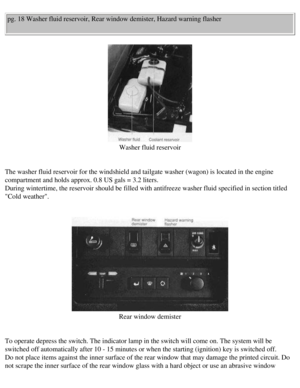 21
21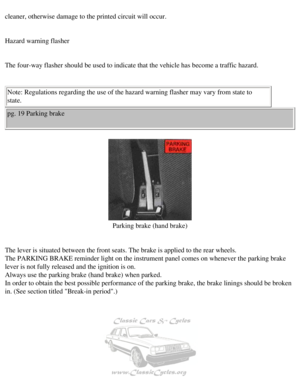 22
22 23
23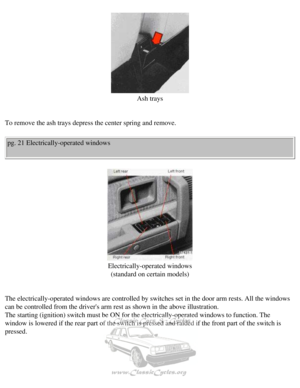 24
24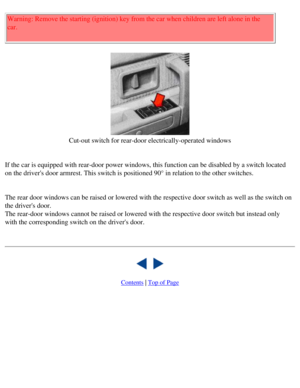 25
25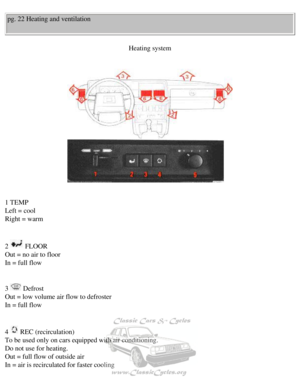 26
26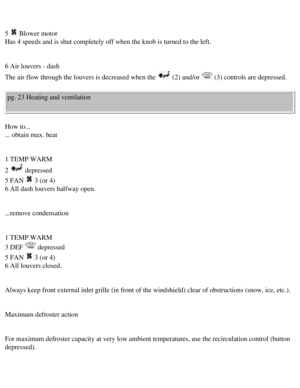 27
27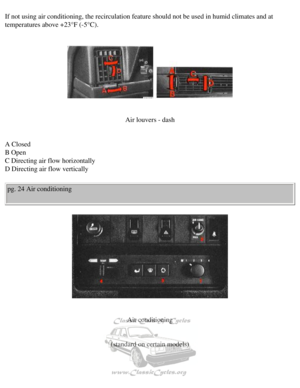 28
28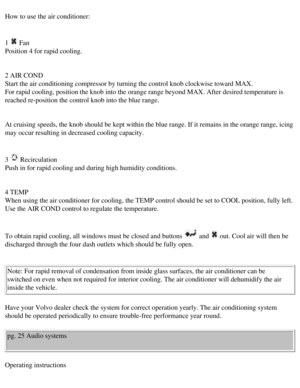 29
29 30
30 31
31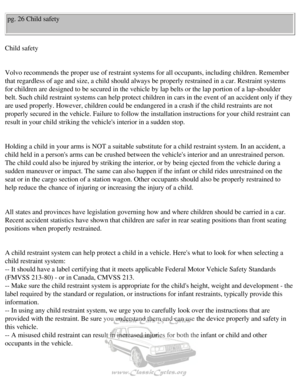 32
32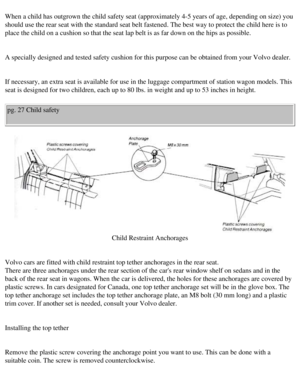 33
33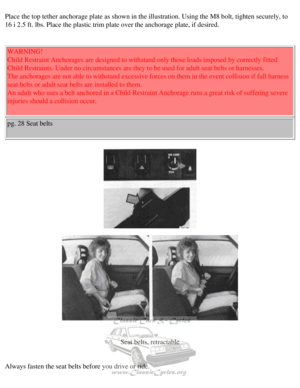 34
34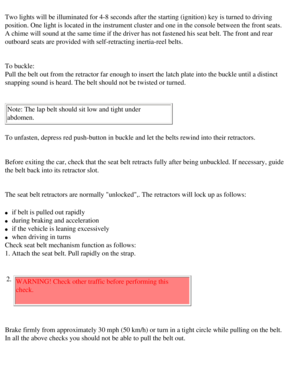 35
35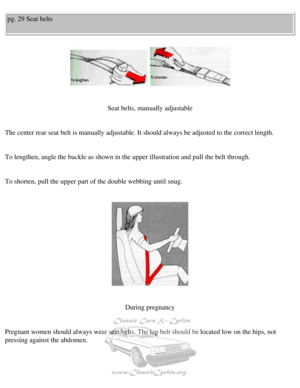 36
36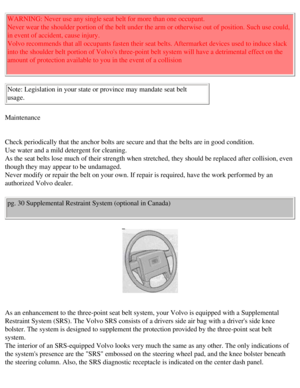 37
37 38
38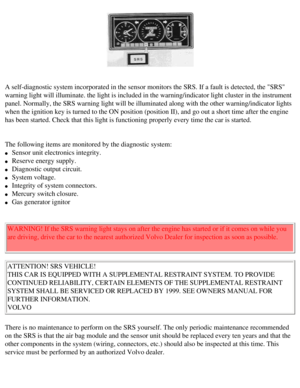 39
39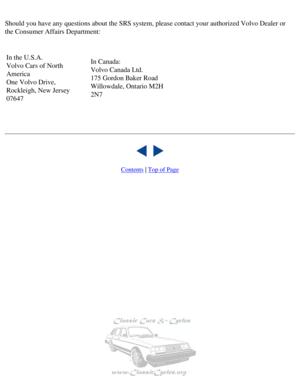 40
40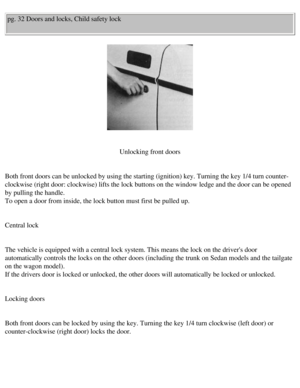 41
41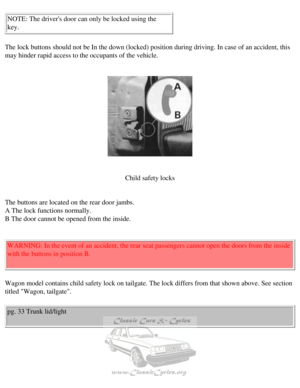 42
42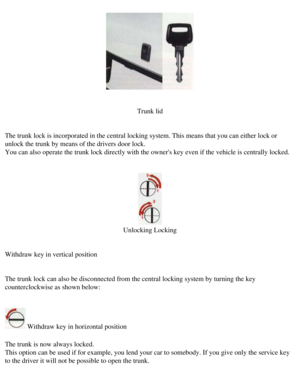 43
43 44
44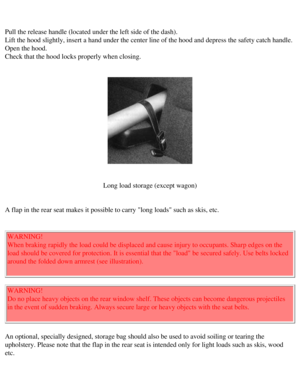 45
45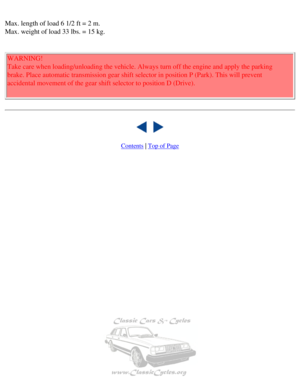 46
46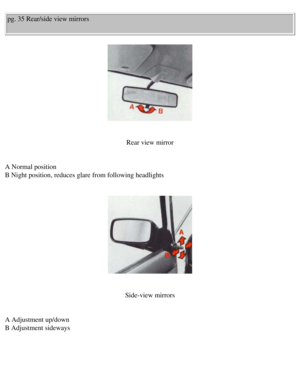 47
47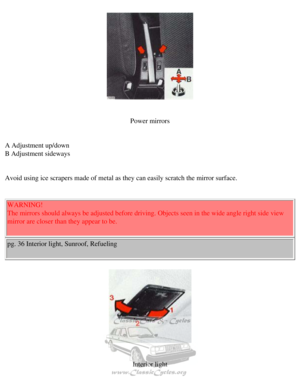 48
48 49
49 50
50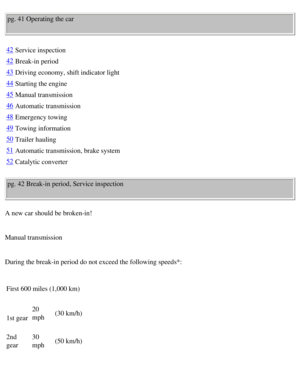 51
51 52
52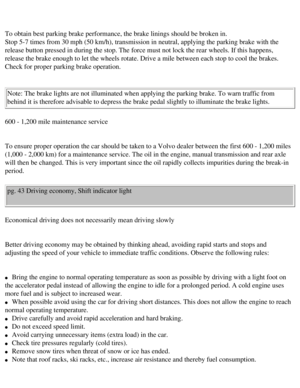 53
53 54
54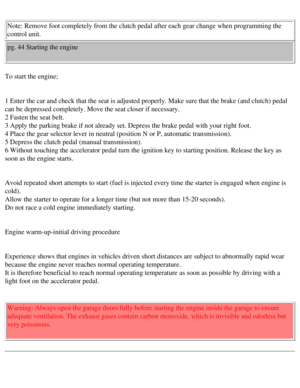 55
55 56
56 57
57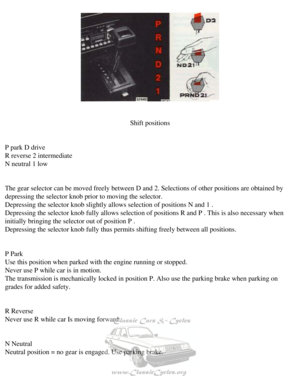 58
58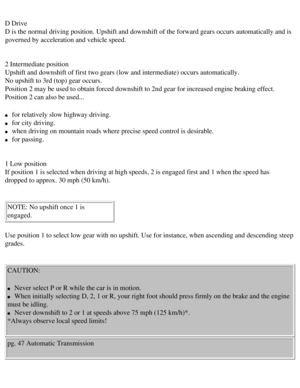 59
59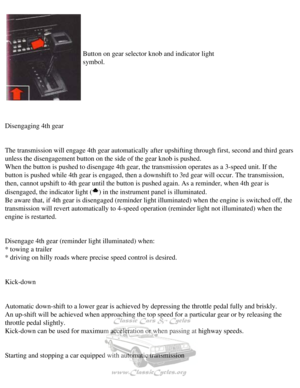 60
60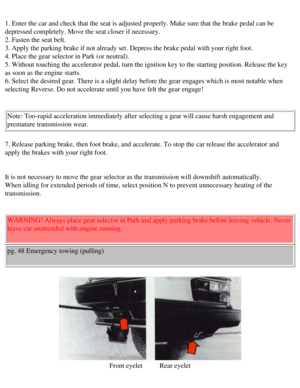 61
61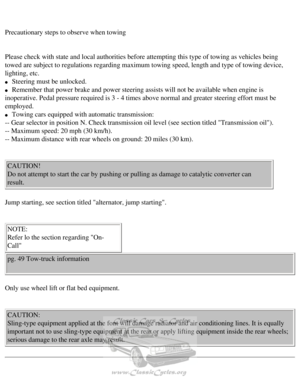 62
62 63
63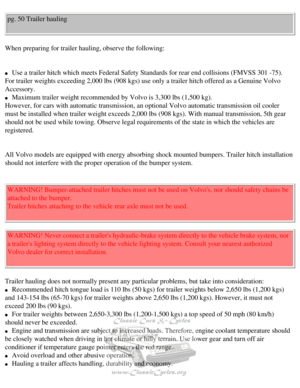 64
64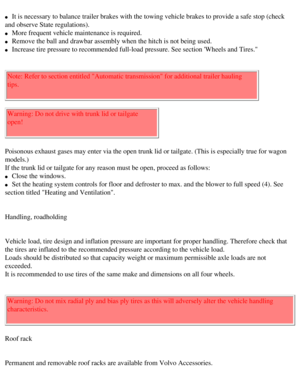 65
65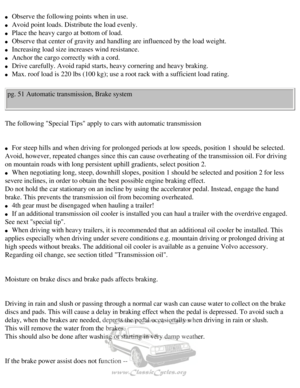 66
66 67
67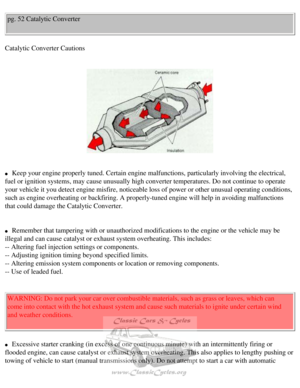 68
68 69
69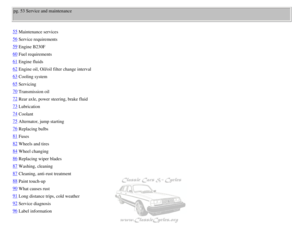 70
70 71
71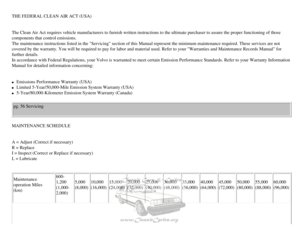 72
72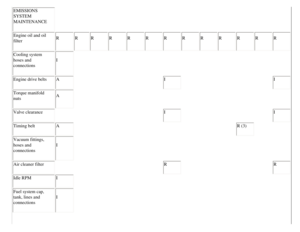 73
73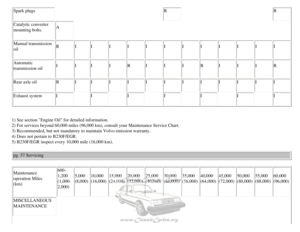 74
74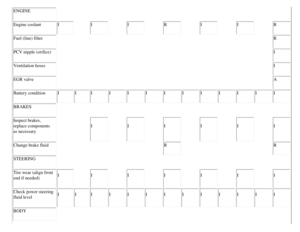 75
75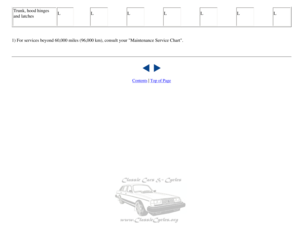 76
76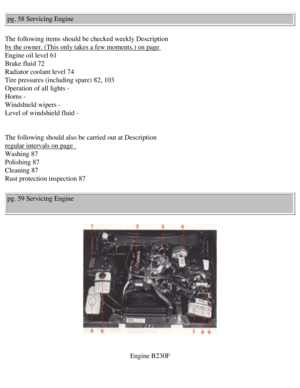 77
77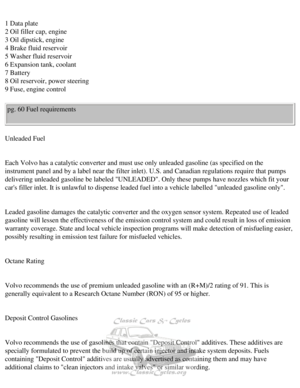 78
78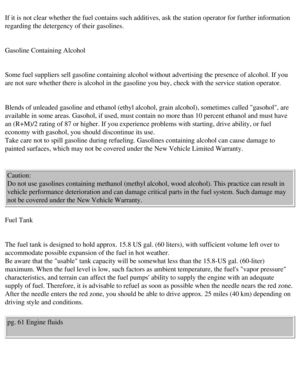 79
79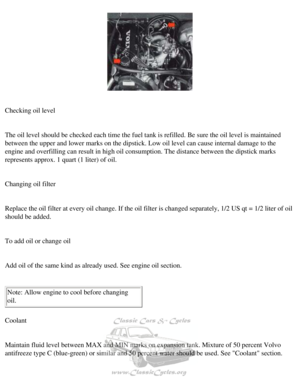 80
80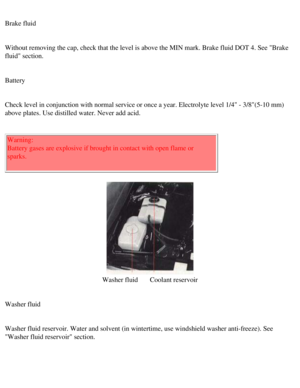 81
81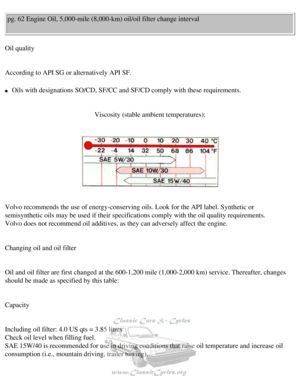 82
82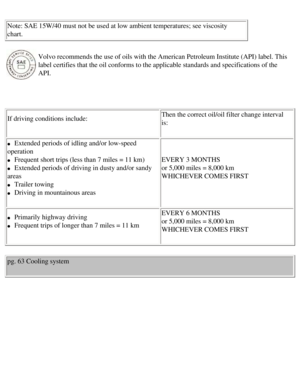 83
83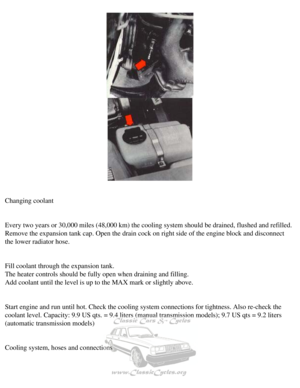 84
84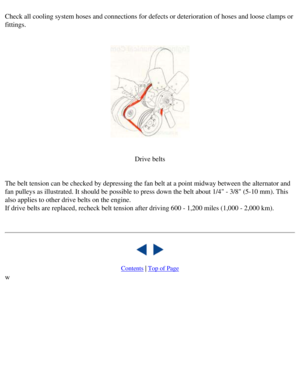 85
85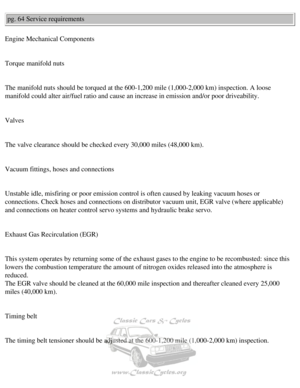 86
86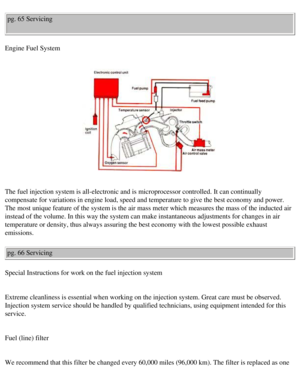 87
87 88
88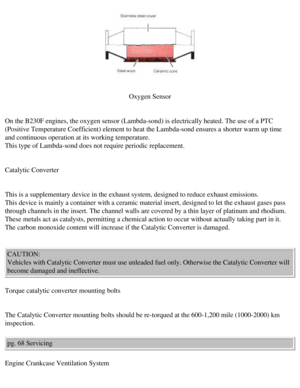 89
89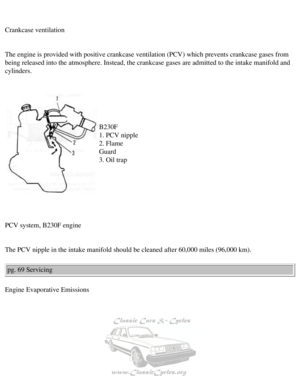 90
90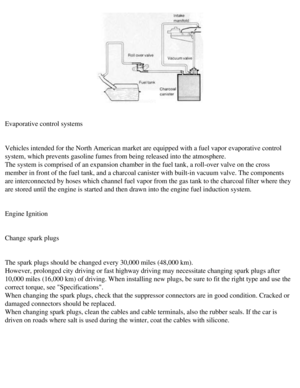 91
91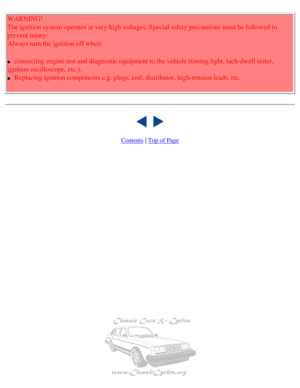 92
92 93
93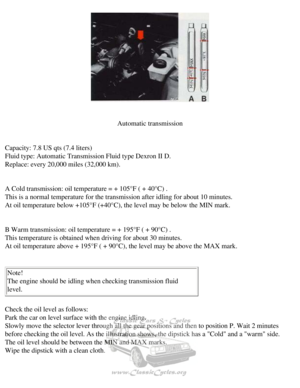 94
94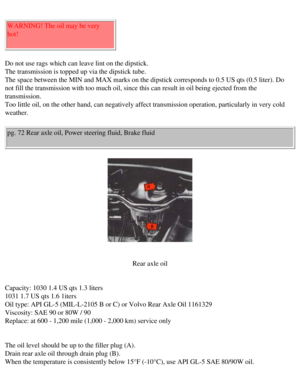 95
95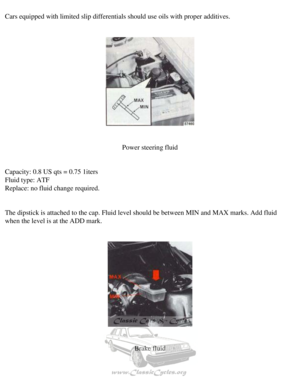 96
96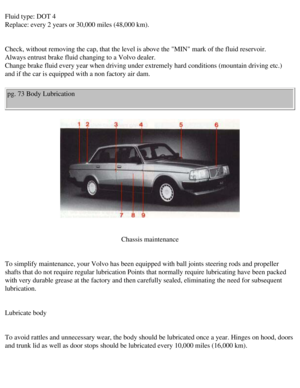 97
97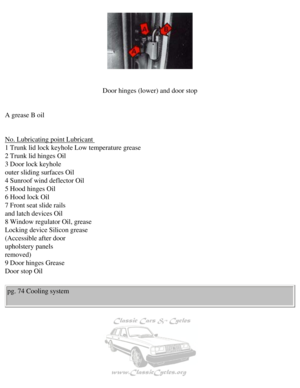 98
98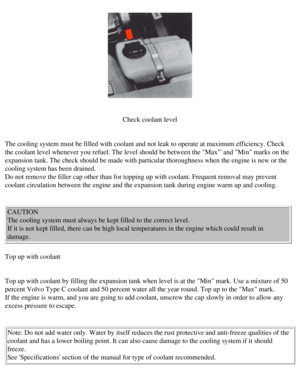 99
99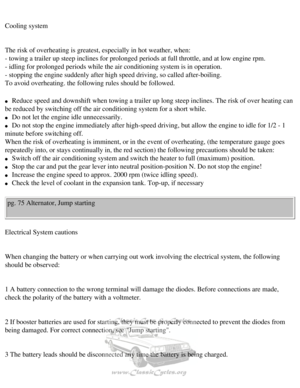 100
100 101
101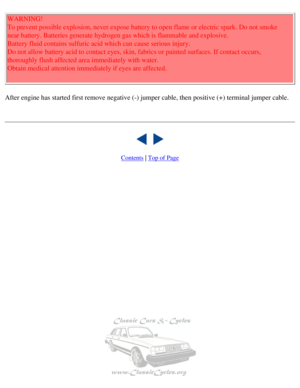 102
102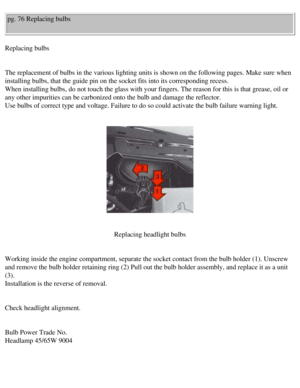 103
103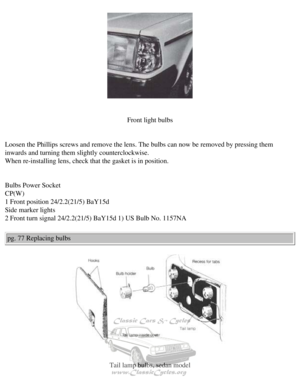 104
104 105
105 106
106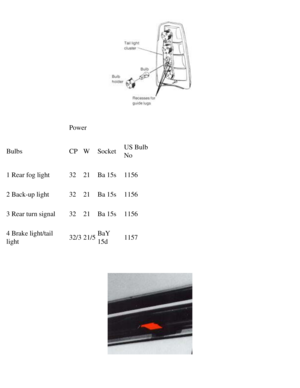 107
107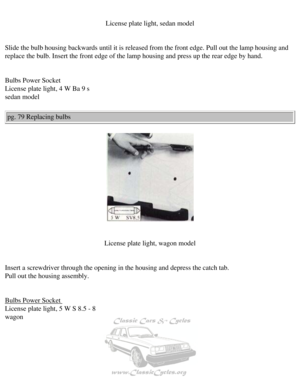 108
108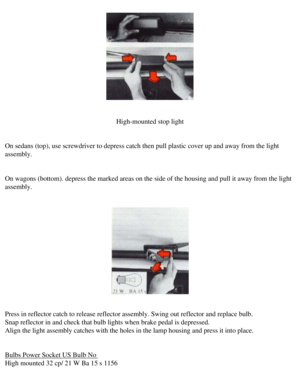 109
109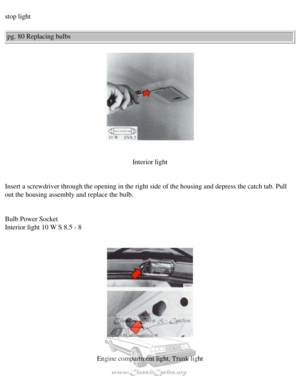 110
110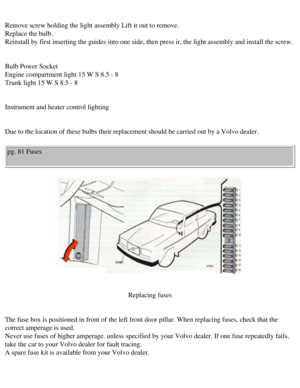 111
111 112
112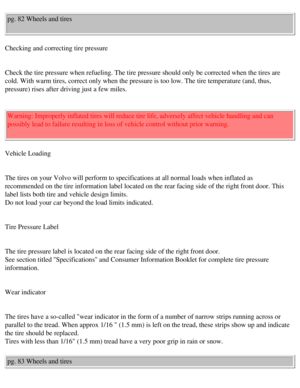 113
113 114
114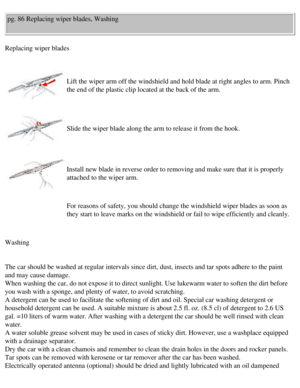 115
115 116
116 117
117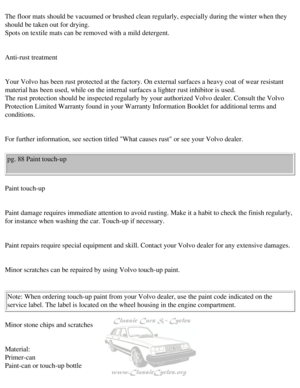 118
118 119
119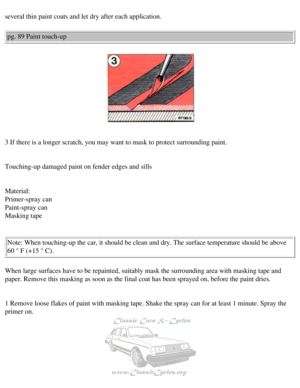 120
120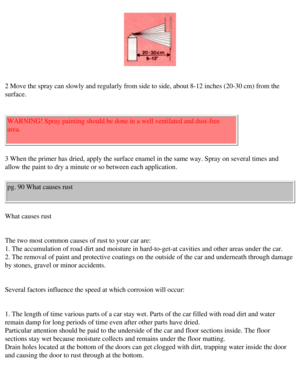 121
121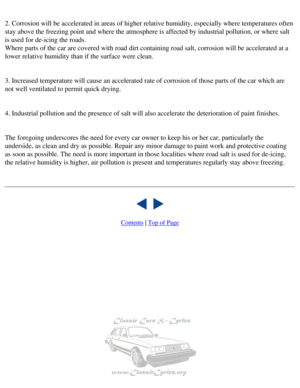 122
122 123
123 124
124 125
125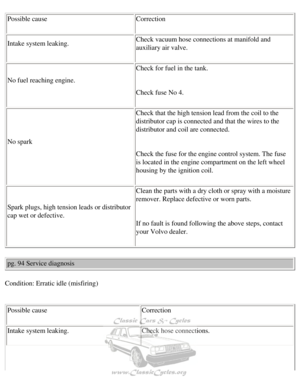 126
126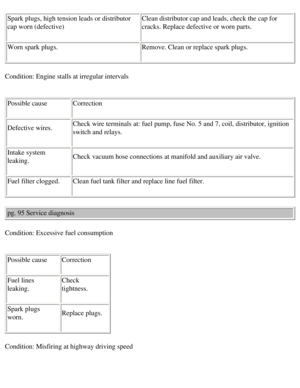 127
127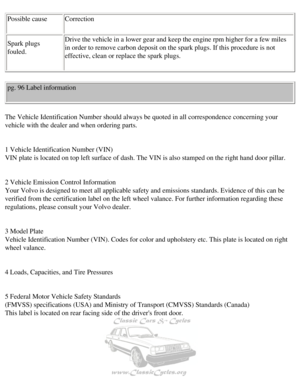 128
128 129
129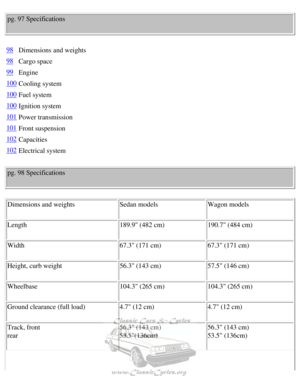 130
130 131
131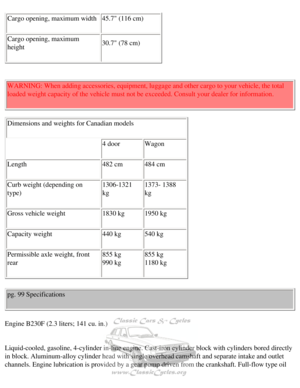 132
132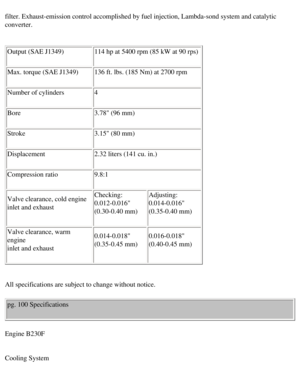 133
133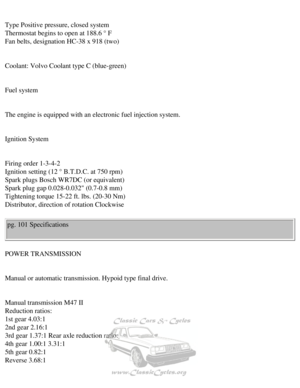 134
134 135
135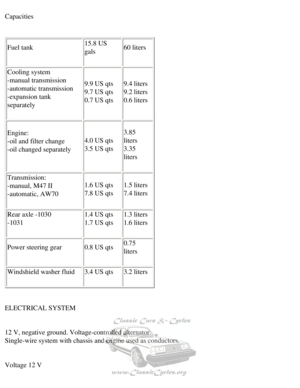 136
136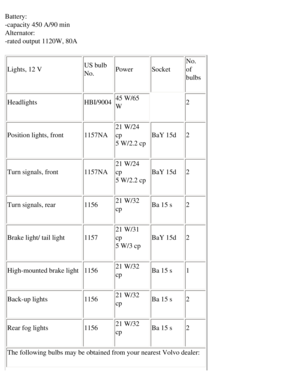 137
137 138
138 139
139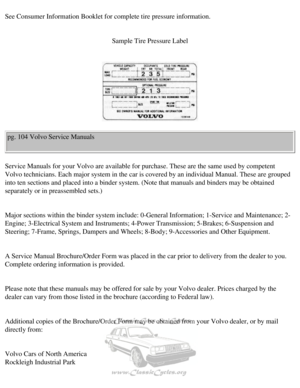 140
140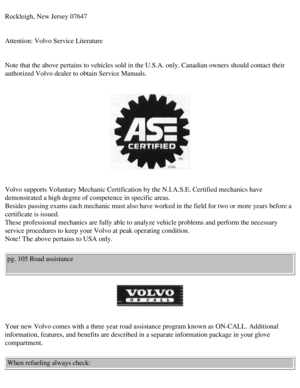 141
141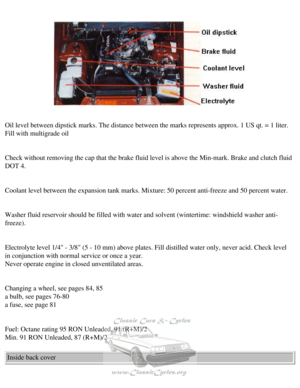 142
142